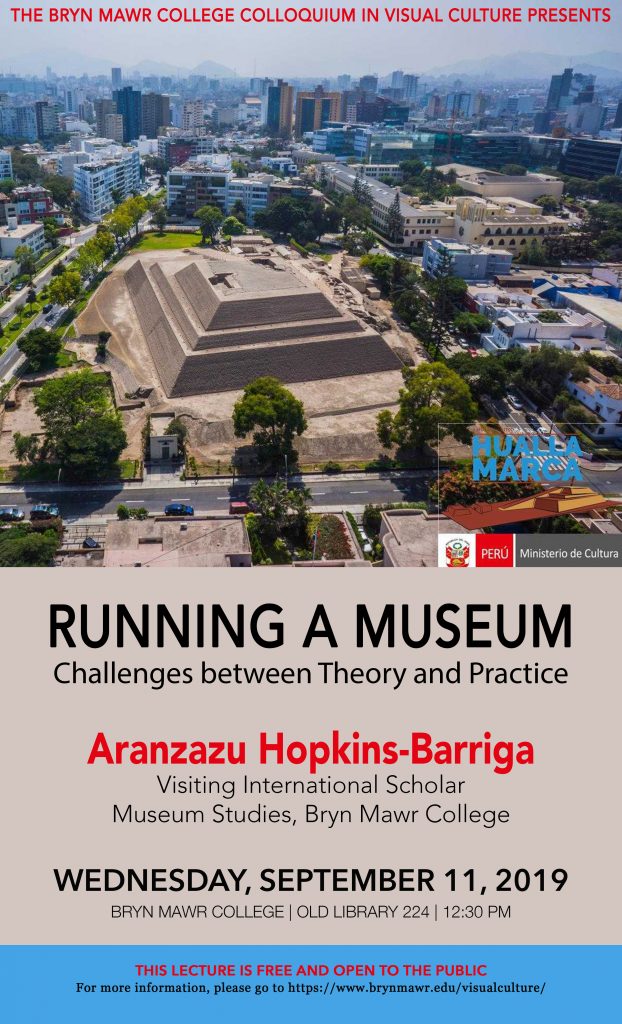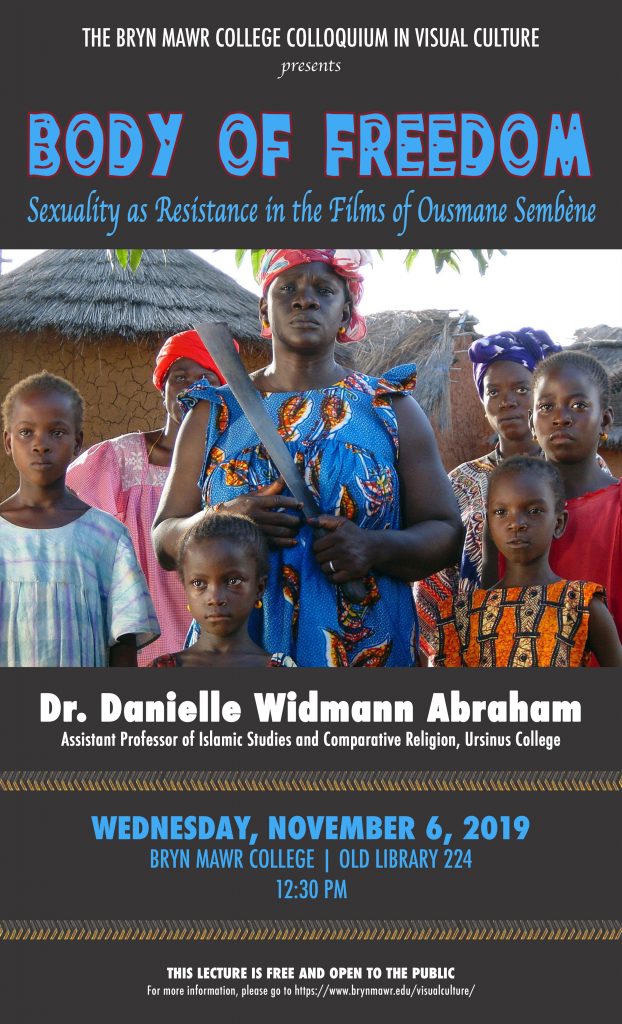Director of the Archaeological Museum of Huallamarca in Lima, Peru
Visiting International Scholar
Museum Studies, Bryn Mawr College
“Running a Museum: Challenges between Theory and Practice”
As an art historian and an art conservator, being a director of an archaeological museum is a huge challenge. Museums have become spaces of multi directional engagements that approach culture with different perspectives.
For many years, museums have been spaces where the public was not considered in institutional policies. All related museum fields were focused on how we investigate the objects and their surroundings, without understanding that culture and art are not always together, but retro feeding themselves all the time.
This talk will cover topics that are changing in museum public policies. I will consider the contrast of intercultural art, its ancient roots, and how this creative chain has evolved in this new form of viewing, showing and investigating art. This phenomenon involves theory and practice, studying context, life and individuals.










